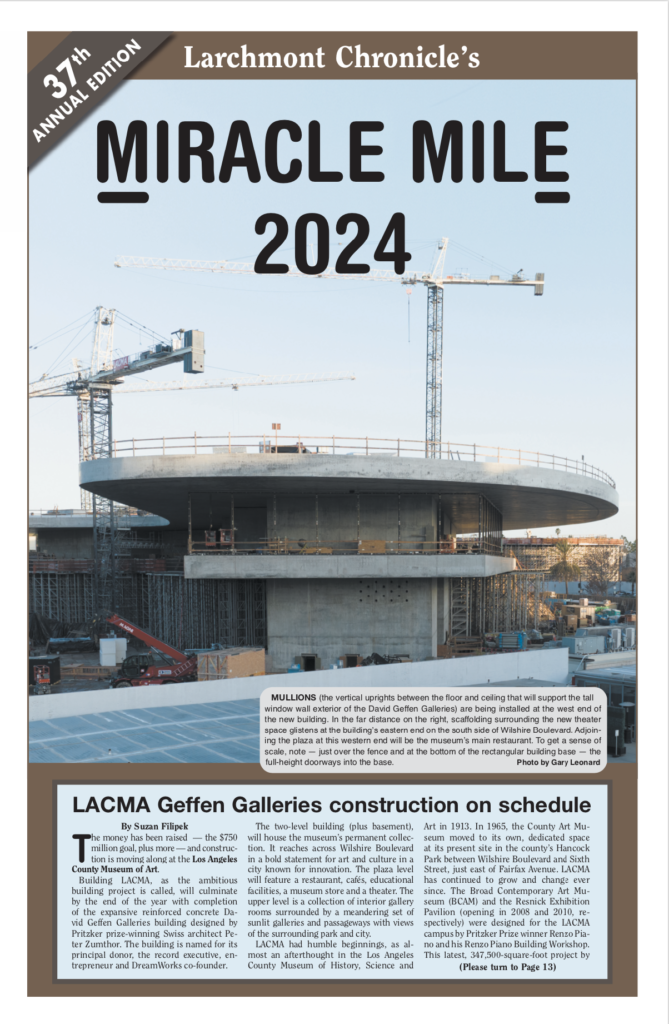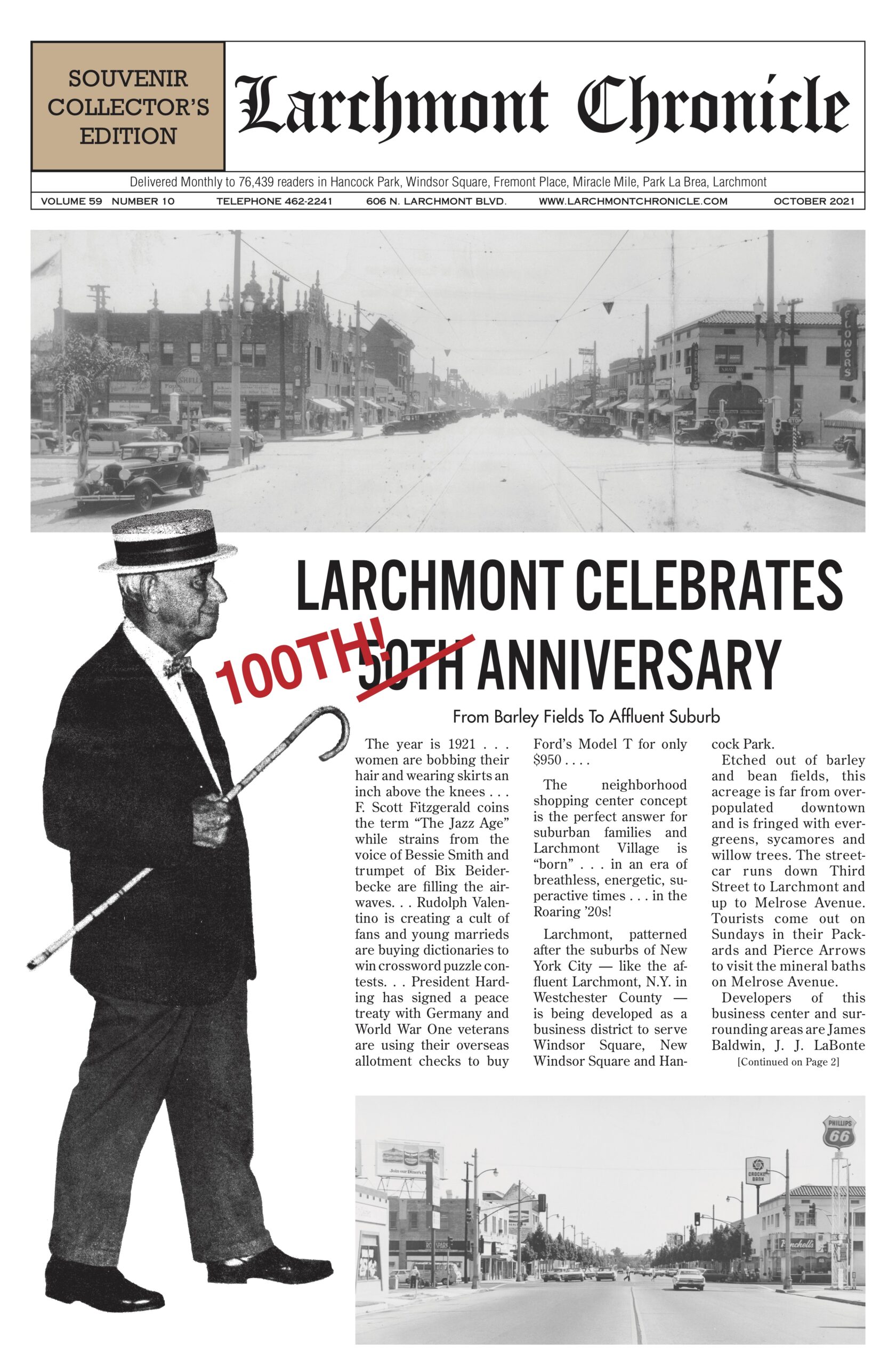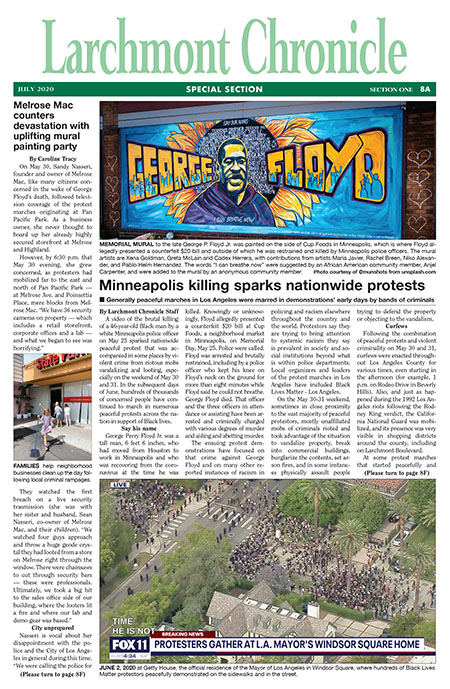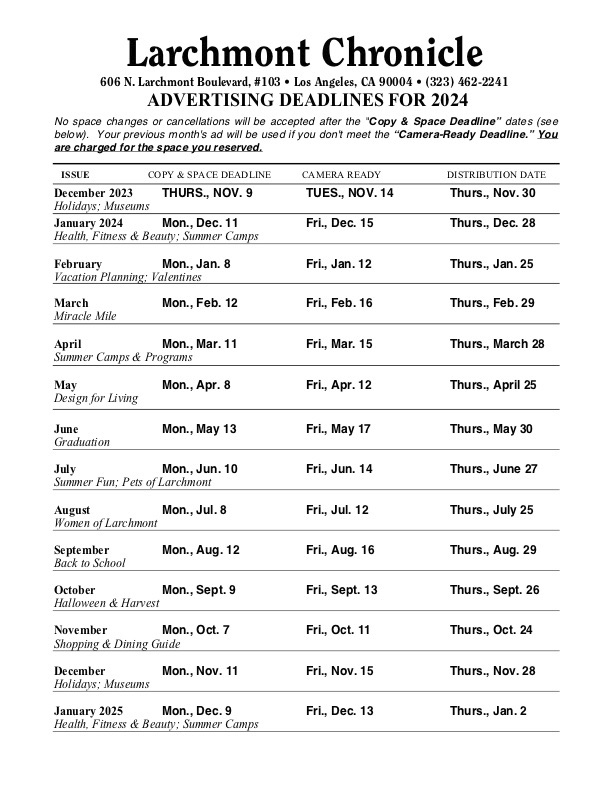Great theater is ephemeral — you have to be there; look to Juno
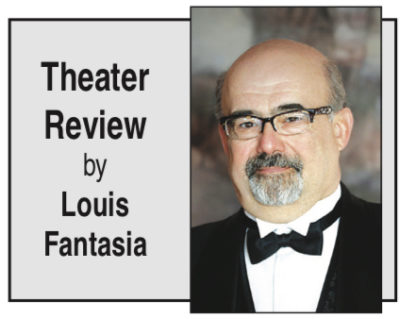 January, as Professor Know-It-All might have told us before he retired, is named after Janus, the Roman god of gates, doors, transitions and new beginnings. Representations of Janus show him looking simultaneously forward and backward, but, with only Google to rely on (or rather, DuckDuckGo) and not the inestimable Professor, it’s hard to know if the god is being majestically double-headed or duplicitously two-faced.
January, as Professor Know-It-All might have told us before he retired, is named after Janus, the Roman god of gates, doors, transitions and new beginnings. Representations of Janus show him looking simultaneously forward and backward, but, with only Google to rely on (or rather, DuckDuckGo) and not the inestimable Professor, it’s hard to know if the god is being majestically double-headed or duplicitously two-faced.
One of the things TV news programs like to do on New Year’s Eve is to give the “year in 60 seconds,” in which they zap through a lightening-round of events. What always fascinates me in that exercise of looking back, is that not only do we immediately recognize the event, we also immediately recall where we were when we first experienced it: Kennedy’s assassination, the Y-shaped explosion of the Challenger shuttle; Trump’s election; George Floyd’s murder. But there is no highlight reel for the theater. You have to be there to experience it.
I can remember some truly great moments of theater —Oberon and Titania on swings in Peter Brook’s “Midsummer Night’s Dream;” the great Kabuki actor Nakamura transforming himself from an 80-year old National Living Treasure to an alluring young courtesan in one step (!) from the hanamichi bridge to Kabuki stage; Alan Howard vaulting over the gates of Corioli in the Terry Hands’ RSC “Coriolanus;” or St. Joan and her horse both played by actors on stilts (!) reuniting in heaven in the Bread and Puppet Theater’s “Story of St. Joan and Her Horse.”
Looking back — way back, I must admit — these theatrical moments were all physical: events that celebrated the three-dimensionality of the stage and the uniqueness of the ephemeral moment that bound spectator and performer together.
Looking back on the past 12 months, we see that the great god Janus has deceived us: we remember the Zoomed blur of performance as seen from our living room couch. And so, as the “New York Times’” Jesse Green wrote (12/9/20), we must be kind and grade theater “on a curve.” We must be grateful that artists tried. That, among the most financially, and therefore most psychologically and emotionally, vulnerable of populations, they tried to create, to pull together a community of performers and spectators and make something happen. We must applaud, without an iota of condescension, the virtual Mickeys and Judys who pulled together their on-line barns to put on a show; who kept the flame of creativity (which is the same as the beacon of hope) alive in a very dark time.
But…
Looking forward, we must not become complacent. We must not allow the lowered bar we all accepted to become the norm (I speak only of the theater). Looking forward, there will be a transition period when theaters and concert halls reopen and we will be more concerned about seat spacing and hand sanitizer than what is happening on stage. We will (I promise) continue to grade on the curve, giving points for producers and performers having taken the risks needed, months prior to opening night, to gather writers, directors, designers, actors, musicians and investors, to raise the curtain on the brave new world of post-pandemic theater.
But…
Going forward, we must not look back through the eyes of Janus. Rather we need to see with the eyes of the goddess Juno Moneta, better known by her Greek name Mnemosyne, or memory, the Mother of the Nine Muses — and therefore the inspiration for all the arts.
The inherent contradiction in great theater is that it is ephemeral. It only happens when we — actors and audience — inhabit the same space at the same time, breathing the same (hopefully germ-free) air. You have to be there to see it. You have to remember it, to use Milan Kundera’s phrase, like a “golden footprint” on your memory. And, like the memory of a lost love, you must desperately want to have more of it.
Category: Entertainment



